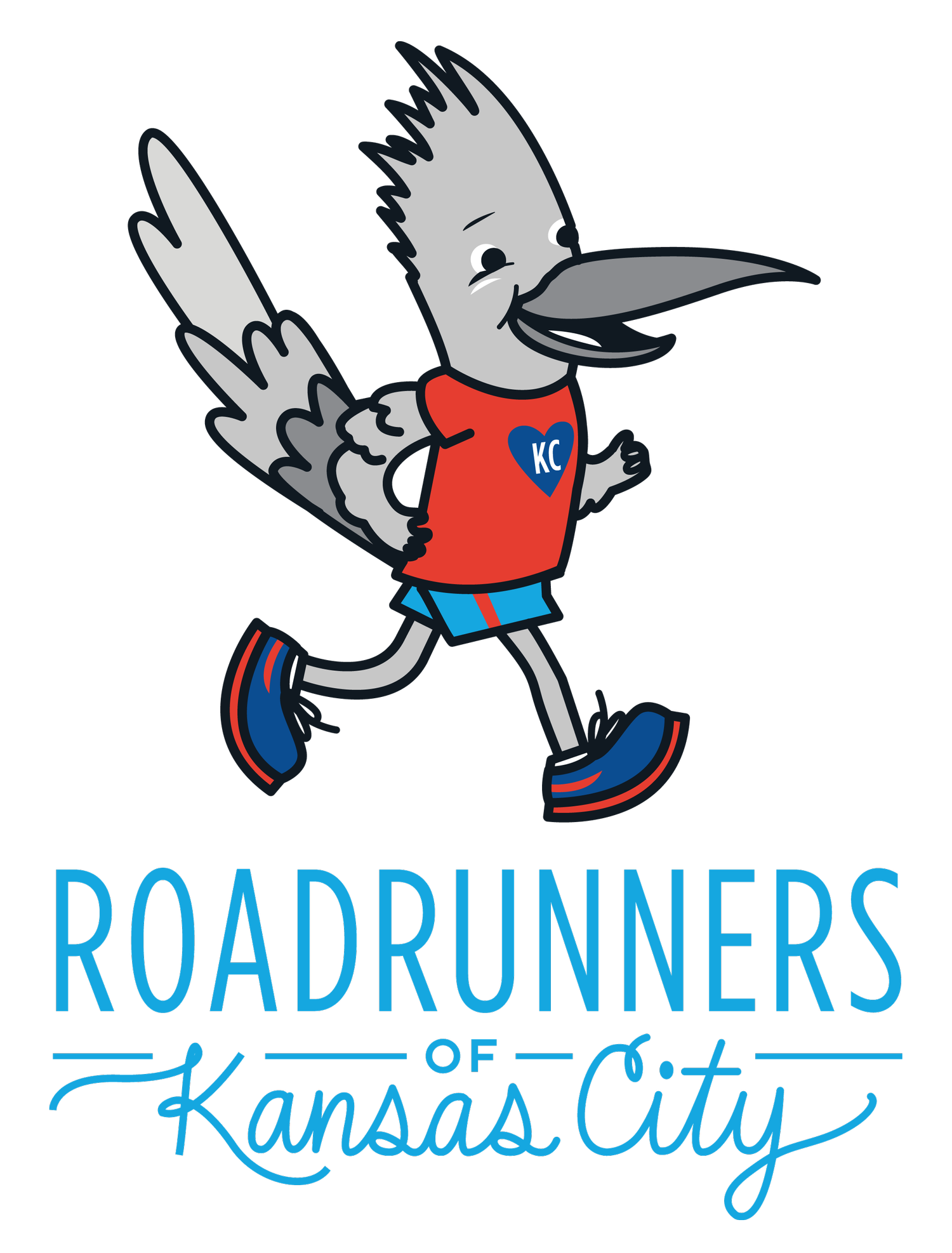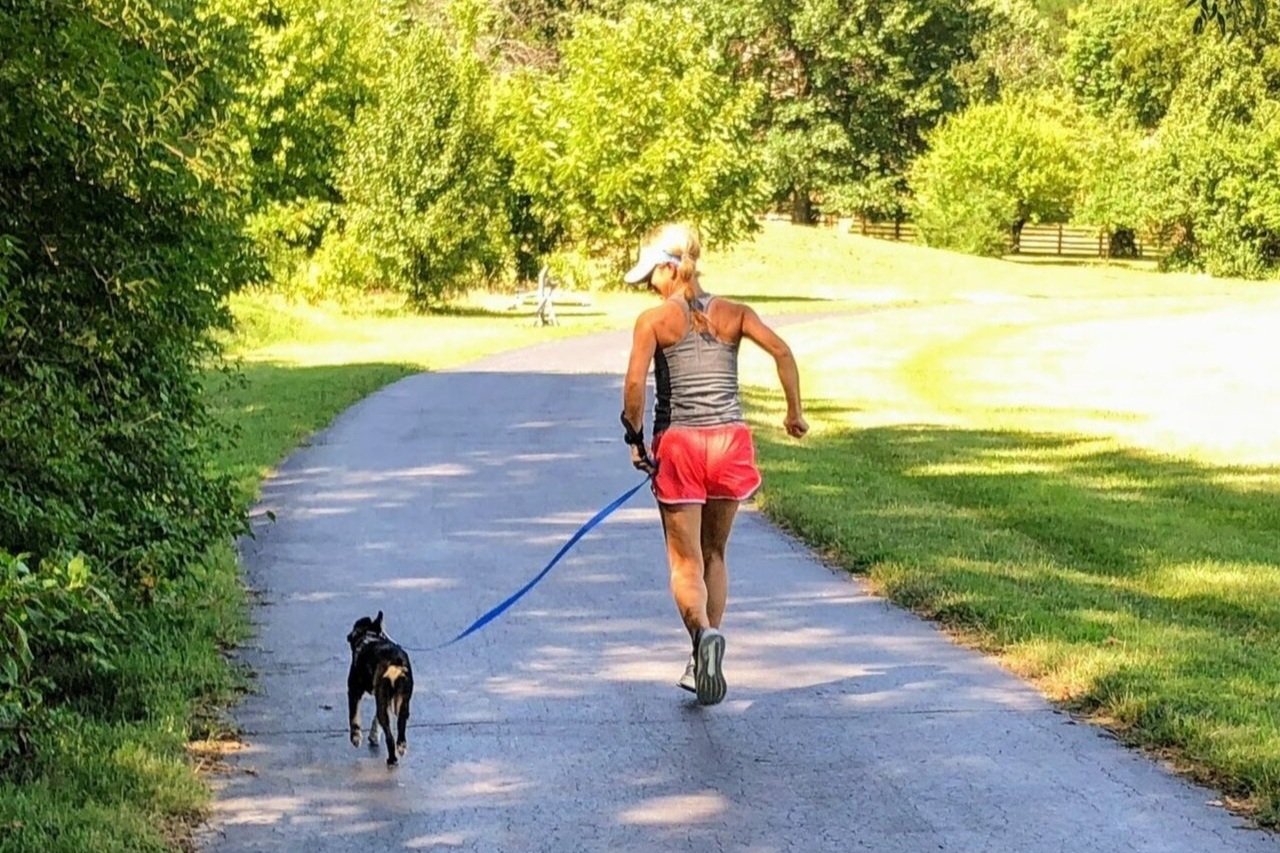Toto, I have a feeling we aren't in Kansas anymore!
/Don't let this cool respite fool you, we are still in Kansas and paying attention to your body is a must when running in the heat and humidity that is bound to rear its ugly head.
A few years ago, I planned to run my last 20 miler before the Grandma's marathon. Despite our early start, temperatures and humidity were high. By mile eight I began to slow down my pace. At the ten mile aid station, I was nauseous and had goose bumps. I knew that this was the beginning stages of heat illness, but still I struggled with the making the right choice to stop running. The mental ramifications of quitting a training run can haunt you on race day. You know that voice inside your head, "But you didn't do all your 20's. You can't finish this marathon...!"
Fortunately my buddies asked, "Coach, what would you tell one of us if we had those symptoms?" After a mental war, I squashed down my inner voice and listened to my body: I quit! I spent the rest of the day disappointed, sick and recovering from dehydration and heat illness but the following day, I was able to bounce back and run a strong ten mile run. I lived to run another day and I met my goal on race day.
We had a taste of the hot and humid last weekend but because we haven't had many consecutive run days in these conditions, we have not yet adapted. Adaptations take four to six weeks and include better heat transport through the circulatory system, sweating at lower temperatures, a doubling in activated sweat glands and a lower percentage of electrolyte loss in sweat.
How you respond to heat may not be the same as your running partner. Several factors affect how you respond to heat besides acclimation to weather including pre-run hydration level and medications.
Even well hydrated and acclimated, running long distances in the heat can be a challenge. What can you do to play it safe and still get in your mileage?
- Slow down - expect a 10% degradation of your speed at 85 degrees. More at higher temperatures.
- Drink plenty of fluids and electrolytes.
- Choose routes in the shade if possible.
- Take walk breaks.
- Run during cooler hours of the day (early morning or after 8:00 p.m.)
- Run with a friend and look for signs of heat illness (see below).
- Wear proper clothing - light colors, tanks, dry wicking materials, visors
- Adjust your distance. Consider separating your long run into two back to back days.
- Skip a run if there is a heat advisory.
- Dizziness
- Cramping
- Clammy and red skin
- No sweating and red skin (dangerous)
- Goosebumps - feeling chilly in the heat


